The Central Otago High Country Story



Country Farmers, could well wave their arms across vast holdings from river valley flatlands to the mountain peaks beyond and claim, it's all theirs, and nature would quietly reply "is that so".
Like cut crystal this place is one of sharp angles; Clear light, brisk dry air, biting winds and silence. High country rituals connect the farming calendar as temperatures change. Mustering, shearing, fencing or feeding out become the rhythms of the day across four seasons more distinct than anywhere else in New Zealand.

Relishing the Challenge
This kind of nature is not for the fainthearted. Here you carefully manage the unpredictable, be it the weather, the exchange rate, or even the women you bring home from the city to live with you, in the hope they will stay. There seems always uncertainty and the hope, that things will work out, that the might of nature all around you, may just be a “wee” bit merciful, this coming season and allow you to get through to the next. Like sailors putting to sea, high country farmers set off each day up into these powerful landscapes of uncertainty, quietly relishing the challenge with a deep intergenerational respect.
"It seems everyone is an historian, and the past colourful stories provide the emotional fuel to continue."
The Air New Zealand hostess, we heard, lured by some young high-country lad’s rugged charm, to a freezing drovers hut in the sixties, who stayed on to raise a family. There are many stories, which stitch this place together, and although technology has made things a little bit more comfortable, you won’t find smugness, complacency or disrespectful people.
There is a quiet recognition for those that stay and tough it out and an interesting tolerance between the colourful characters who live here. Something you would never find in a “fussy” city.
Here the men are hard without the harsh. Like their dogs they’ve all got minds of their own, decisions seem quick, but they’re considered. Experience counts and Granddad’s stories of rising creeks and rock falls are never forgotten as lessons in surviving.
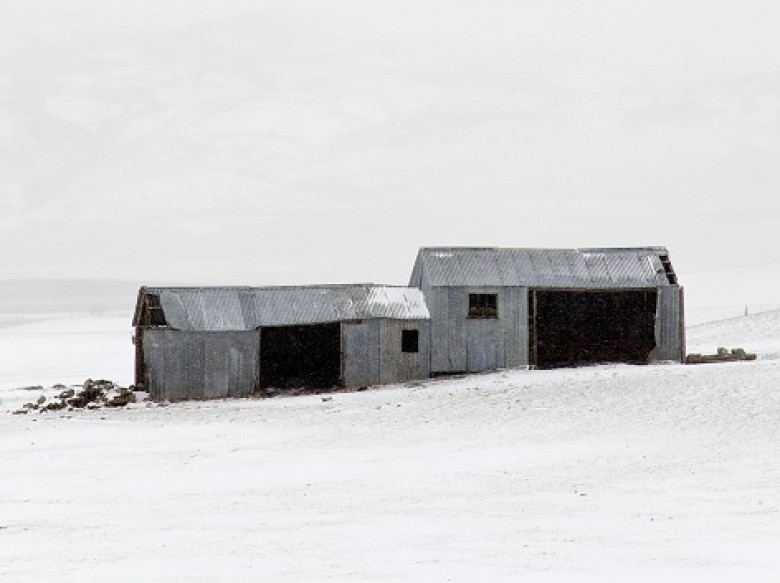
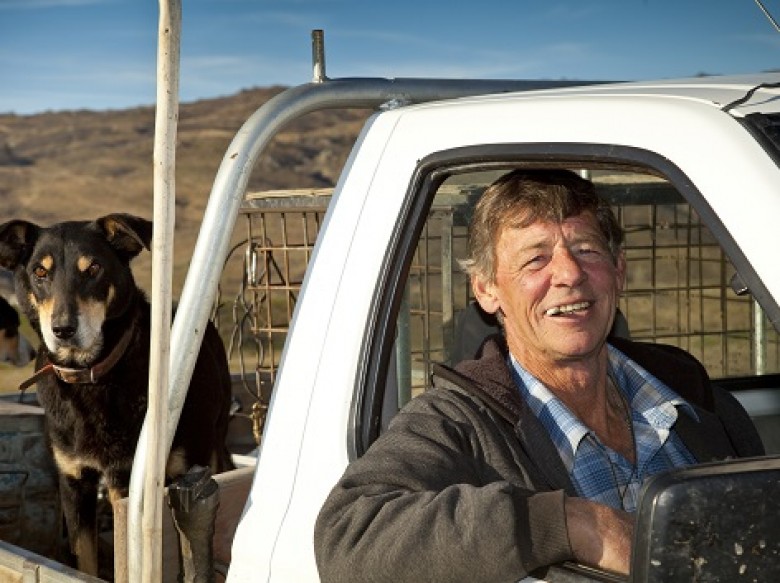
Billy Connolly once said that “never trust a man, who when left alone with a tea cosy, doesn’t try it on,” as a Scotsman he knows a thing or two about his kith and kin. You certainly come across a great deal of similar wry humoured honorary Scots in Central Otago.
Curling is a refrigerated form of lawn bowling, some men with brooms and more recently women, high country folk, take it very seriously and like golf, that other infuriating sport invented by the Scots, its produced an obsessiveness and tension, only relieved by the pleasure and camaraderie of a wee dram or two. You’d think they’d have had enough of rocks by the end of a hard week in these hills to engage in tossing anymore about, in this tartan sport, but there you go.

Curling with your Mates
Going down from rocky pastures to the frozen burn and curling with your mates are probably the nearest men got to brooms in Scottish culture and it’s no different in Maniototo.
When the pipes freeze here during a hoar frost, it’s the bagpipes you reach for to cheer you up, while you wait two days for them to thaw, you can’t just call the plumber. The climatic extremes forcing everyone to live with layers as they follow the seasons from deep snow to desert dust, here you experience extremes of cold and heat but the dry can be all year round. See-through jumpers, the envy of Paris designers, are worn by the men like badges of honour. Hairbrushes aren’t big sellers in the high country and the wind makes deodorant pointless. There’s nothing tentative about this place, you’re either here or you’re not.
"You don’t call for sparkling mineral water, the bloody stuff‘s pouring down the hillsides."
Peter Rabbit and his little bunny friends wouldn’t go down well in these parts. Lynched by the locals, they’d probably hang them out on the fence to dry. Cuddly creatures to some, here, they’re like bobbing spectators, snuffling and laughing at the locals in a bitter battle for the hillsides.
People mutter here about authority, hoping if they say as little as possible, it will ignore them, the only red tape that interests them, is the award-ribbons at the local ram fair for a first. It’s not uncommon to find they’ve had the same neighbours for 130 years “without a decent scrap”. It says everything about the community and its strength.

HAIRBRUSHES AREN’T BIG SELLERS IN THE HIGH COUNTRY AND THE WIND MAKES DEODORANT POINTLESS
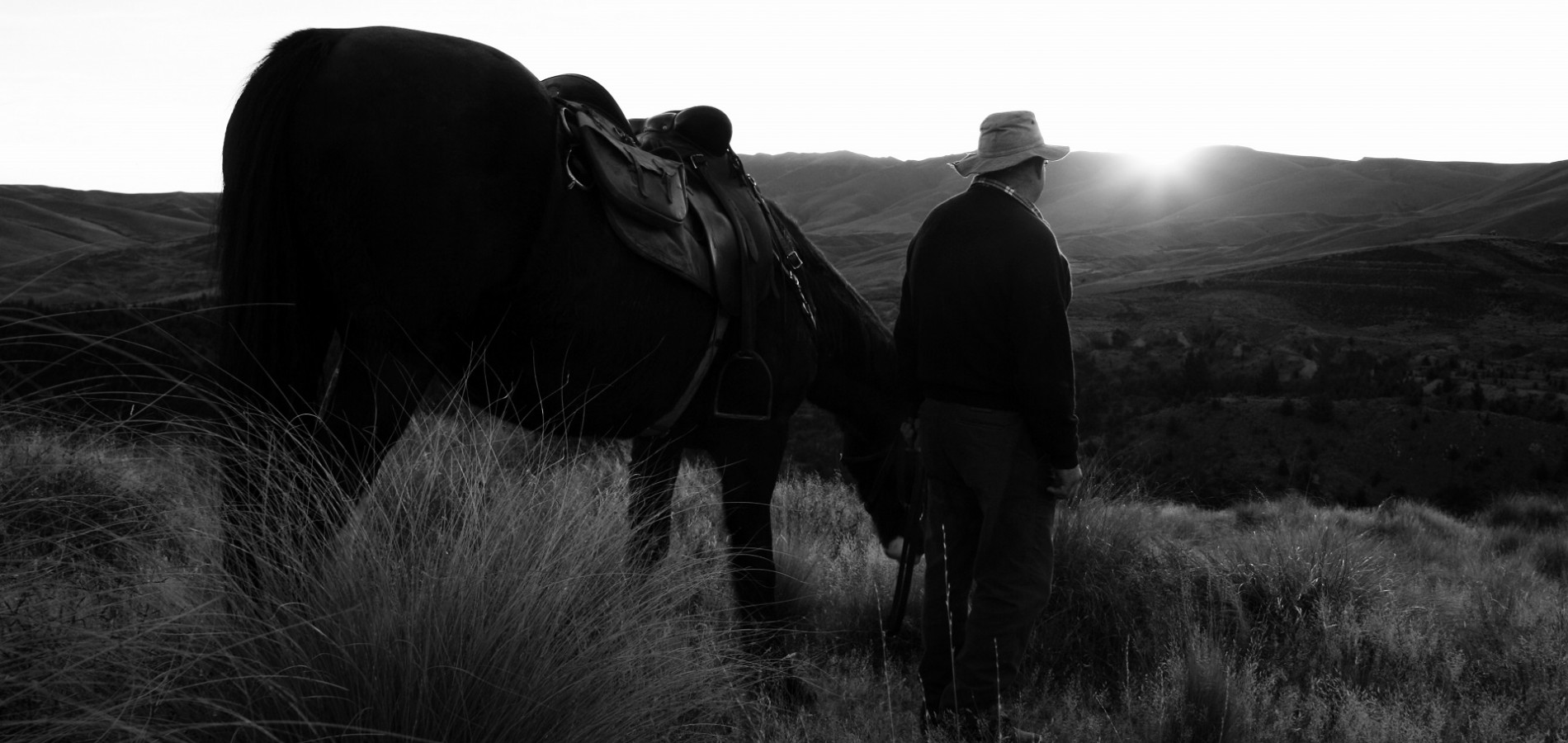
A natural caution in every decision
If there were ever a Republican movement it would start here. As you drove through the landscape during an election year, John Key’s airbrushed urbane image, featured on political billboards, in the middle of nowhere, proclaiming he’s “Working for New Zealand”. In the adjacent paddock, farmers feed out miles of baleage to merinos in heavy snows, (some seasons, for months on end), they must quietly raise a snigger at the politicking, asking themselves, aren’t they doing the same? The ironic thing is the very suit the Prime Minister wore could well have come off their sheep’s back.
Not to be confused with the “pigs back”, farming merinos, or indeed any other sheep breed in Central Otago, is a genetic dance with nature’s fickleness. Go down the wrong breeding path and the U-turn to correct your wool or body weights can take 10 to 15 years to correct. This is why when you look into the face of these farmers, there’s a reluctant half smile, delivered to the outsider. A natural wariness, which has stood him in good stead, in being able to sift through the proverbial bull shit. It’s this squint which says so much about the person, probably practised for years in driving sleet wind or burning sunshine. Coupled with carefully chosen words, stripped of city superlatives, they always begin their story with a reverence, for those that came before them, and contributed so much.
When the asphalt ends and the gravel begins, voices it seems change and there is a natural caution in every decision. Cab commentaries are broken as potholes and bluffs are negotiated with bouncing adeptness and the gravelly assurance to match these hairy moments that
“you should’ve seen it last week”.
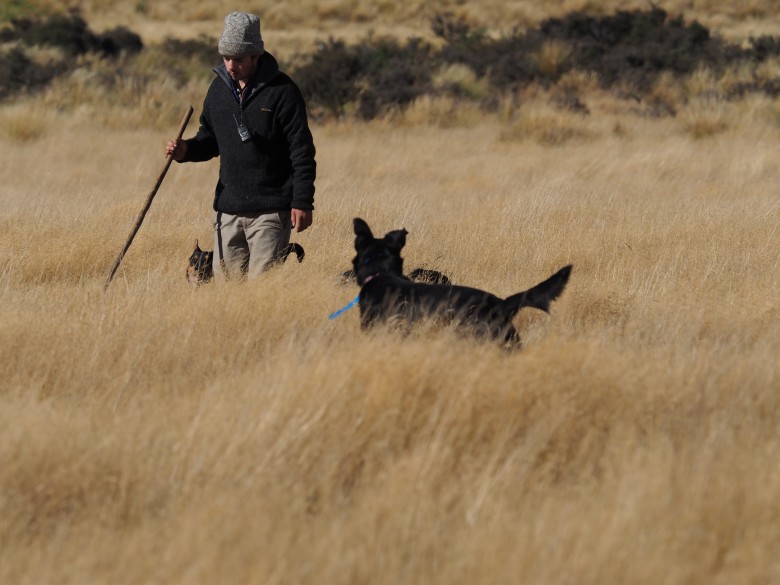
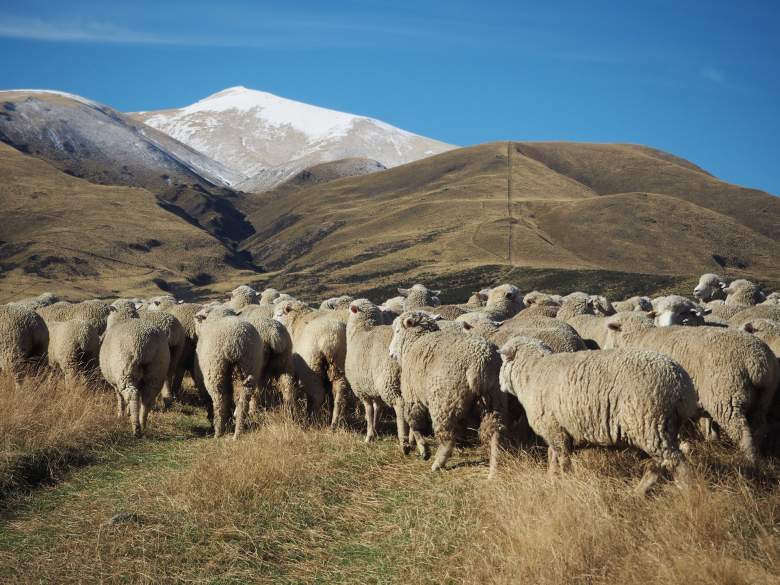
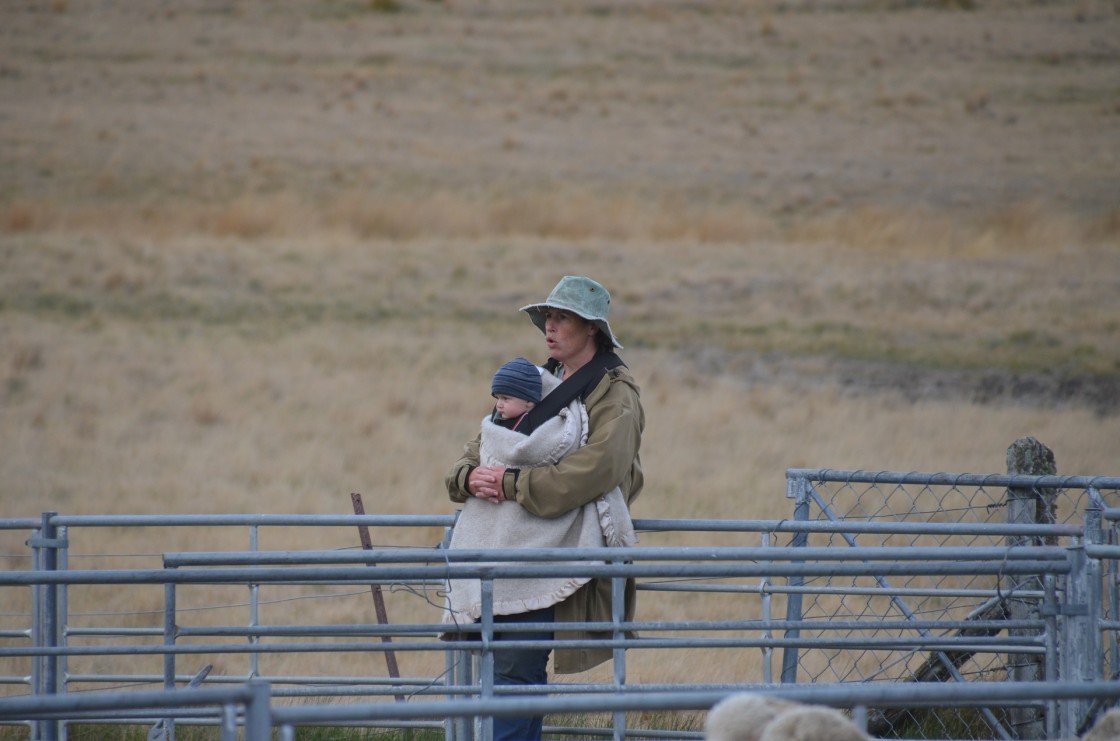
The Wives and Womenfolk are the household spine
Managing books and costs around the edges, through thick and thin, with immense resourcefulness. There are no Gwyneth Paltrow waifs sipping lemon water in these mountains, the nearest they get, is on the massive TV screen in the living room between the All Black broadcasts.
Bringing up children in remote areas, the early-morning drop-offs at the lonely corrugated iron bus stops, the freezing kneecaps, all seems to be part of family life. Here you need a good woman and everyone seems so. They generally see their men off into wind swept cemeteries, beside the little freezing churches at the crossroads, and they just seem to continue on, caring around the families, fading gracefully as matriarchs, devoid of hair dye, and enjoying a well-deserved deep respect.
Every front living room is festooned with celebratory photographs, weddings, christenings, anniversaries, and homecomings. Every warm kitchen’s bench groans, under the weight of beautifully light baked and buttered scones with preserves, the slowly roasting hogget in the oven fills the room with homely aromas that bring the dogs right to the back door.
'Kitchen table culture changes by the hour, from Weetbix to homework, to a cold beer or fine Pinot, it’s the focal point of virtually every interaction.'
Every back step with its lines of bent well-worn boots and eager panting working dogs are busy places, from first light to dusk. Barking instructions, roaring motorbikes covered in dust, this certainly isn’t the West Indies, nobody seems to be lounging about here. This lonely back country eats up the miles and you spot a person only now and then.

Wool always brings to mind the characters and shed life of those who prepare it
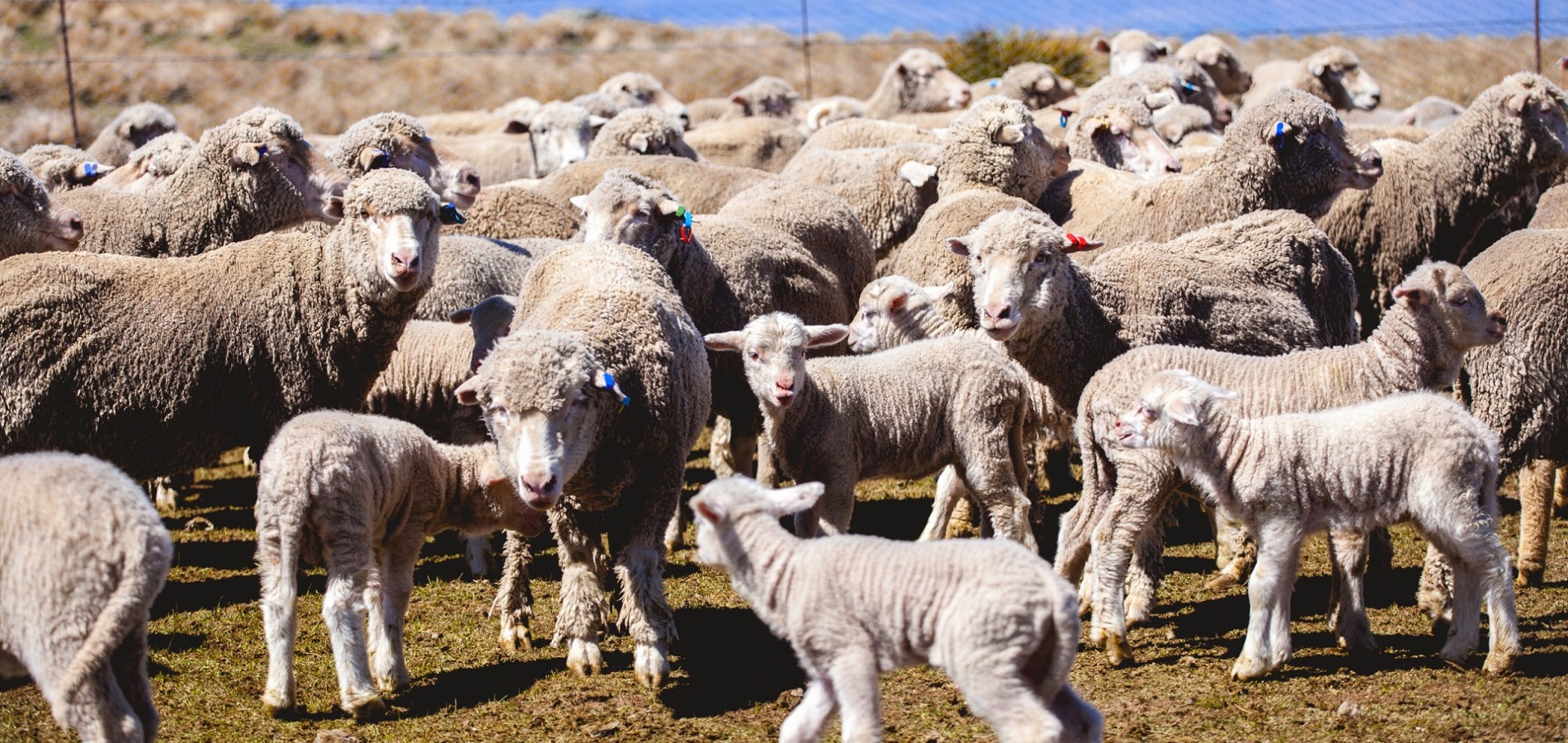
Closeburn Station Maniototo Central Otago
Learn More

Like Gypsy communities, shearing gangs continue to move from station to station, these days with alarming efficiency and their own kind of folklore. People with a prodigious thirst still, after a long backbreaking day on the boards. In those laughing and yarning smoko rooms where mineral water salesmen still haven’t penetrated, there’s a wonderfully distinctive smell of lanolin and sheep shit with its own charm and no one notices it.
Delivering a Luxury class of fabrics and wools
The wool story doesn’t begin here though, rather, years earlier in Granddad’s gene pool. These magnificent fibres have a story to tell, where remembered ram sires have Christian names like Eric and Maximilian. Big “buggers” with folding skin bags, back and front. Prized, remembered creatures, with massive woolly necks and bums like pleated skirts. Their wonky fading framed photographs stare back at you, nailed to smoko room walls draped in award ribbons. There’s Granddad (in a suit and tie for God’s sake) at the local ram fair. Mating we suspect in this game, is far more studied than marrying off the daughters in the high country to the neighbours.
'Each micron gain is a milestone in breeding, be it mid-range or fine, it’s a serious business delivering a luxury class of fabrics and knitting wools.'
To think these harsh landscapes and tough creatures give up such fine qualities, is nature’s mystery, as well as miracle. That their softness might caress the finest of necklines or compliment a Chairman’s speech in refined luxury, is a long long way from these freezing and scorching peaks where nature’s cleverness takes place. From fleece to fashion is a long journey of intermediaries, cultures, expectations and values, ending often in the finest stores in the world. Suffering the vagaries of economic downturns and the onslaught of synthetic fibres, quality Central Otago wools have suffered as a commodity. Yet strangely, there is growing interest in nature across the world. As urban societies become more and more removed from nature, they seem to be prepared to pay more for a connection to it. However, it’s far from just simply dumping wool or any other natural product on their doorstep.
Presenting a naturally grown product should come with a unique story of provenance, which is, as yet largely untold from Central Otago. Opening your finely worsted or knitted jacket at the right dinner table in New York, Tokyo or Paris and seeing the words Merino and in brackets Central Otago, as an accompanying value to the designer label you’re wearing, is essentially the future which will sustain this story of high country farming.
Until very recently no one seemed to want to eat these dusty lean buggers on the rocky foothills and mountains except the drovers and their dogs. It’s a long way from dog tucker.
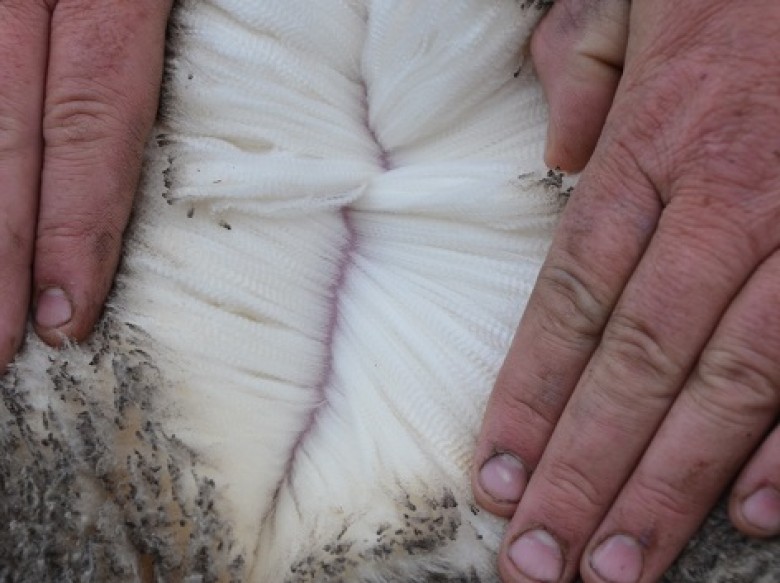


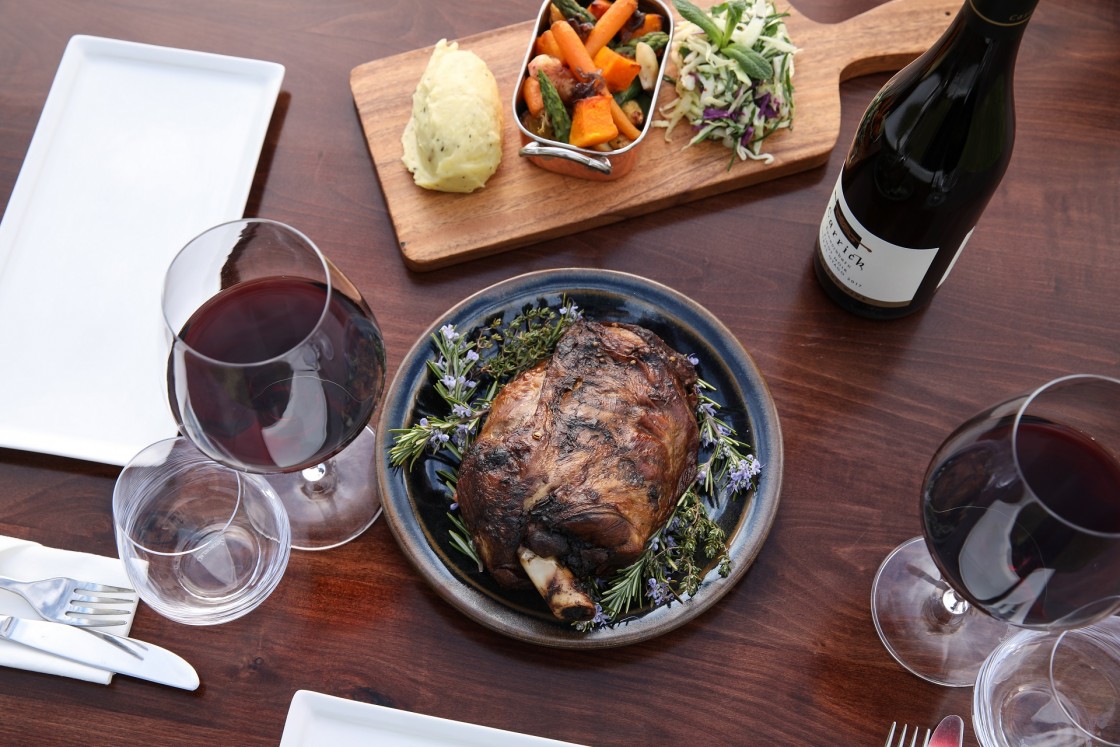
Refined Flavours
Suddenly discovered by chefs in the search for something new to eat, Merino’s refined flavours have attracted the discerning palette, but again in the right setting with an accompanying regional “Pinot” to match it.
LOVE OF THE LAND... THE MOTHER OF NEW INVENTION
The Central Otago farmer’s love of this land is already becoming the mother of their new invention. Many are diversifying into dairying, wine growing and tourism with considerable success. New generation thinking is well underway; usually led by the sons and daughters of landowning families who’ve been sent away, educated, and are looking back with new eyes. Stories emerge of this new generation combining in equal measure, form, function and provenance to create modern garments and build international brands that satisfy the ever increasing demands of today’s nature starved urban markets. Seeing this region from the outside in, the possibility, in food, fashion, a tourism experience, is vital to the renewal of this way of life.
There were only a handful of farmers at the time who thought wobbling along a stony track on a pushbike had merit, yet recreational biking now contributes $12.2m in annual income to the region currently and is predicted to grow steadily over the next 10 years.
As the world gets faster Central Otago’s future lies in accentuating the opposite
Some might well say Central Otago has been caught in a time warp, but perhaps it’s done it a service. The world is beginning to turn in its favour and revalue the things that have always been here. “Slow“ is becoming invaluable, in a busy world. As a laid back moment, as a food with its earthy flavours, a wine to savour, the touch of a beautiful soft fibre, that’s taken years to grow fine, as an experience, as a special time with friends and family.
Not resisting it in any way, indeed seeing these tremendous possibilities, for the renewal of its wealth. It demands a new generation of farmers and townspeople to see their beloved region from the outside in. What could it contribute, and how do they adapt their skills and practices, to bring this new wealth home to them and their families.
There aren’t many places in the world where the land shapes the people. In Central Otago you bend into the wind, or it will break you and send you away to the air-conditioned environments of an urban world.
Often quoted as a new world Tuscany, Central Otago’s future lies in a more subtle interpretation, with its own distinctive character. Not simply a place just for the rich, it requires many skills to preserve its communities, retain its people and attract new expertise and investment. Here you can’t afford to get caught in a time warp; you have to move with the times. Adding more value to its products and services, building stronger alliances along its value chains to the markets of the world, requires a new vision wherein everything it undertakes should centre on quality not quantity. Realising such value means recognising it first.
Just who and where in the world are the people, who will buy this quality. Appreciating the quiet dignity of a white wooden woolshed, the bottled elegance of Pinot Noir, the fineness and handle of wool fibre. The potential return on the immense “Natural Capital’’ of Central Otago is only just being discovered.
Introducing the right kind of change to this region and its people requires three antidotes to lower its resistance to it. A sense of connection to the past, a sense of continuity that those things, which are valued, will continue, and most importantly, a sense of direction. Where can we, take this place?
Connection, continuity and direction
Writing three simple words down like these makes it sound easy. Seeing it, living it, loving it, and defending it, presents the real challenge. The decision lies in the enlightenment of its locals. A new generation of people, who can understand and deliver the sensory natural experience, the world so desperately wants.
With Queenstown about to experience an increase in its tourism numbers over the next 15 years, this Central Otago jewel will either be tarnished by volume or polished by value.

One seems small in a landscape that makes you feel you’re driving through a Grahame Sydney painting
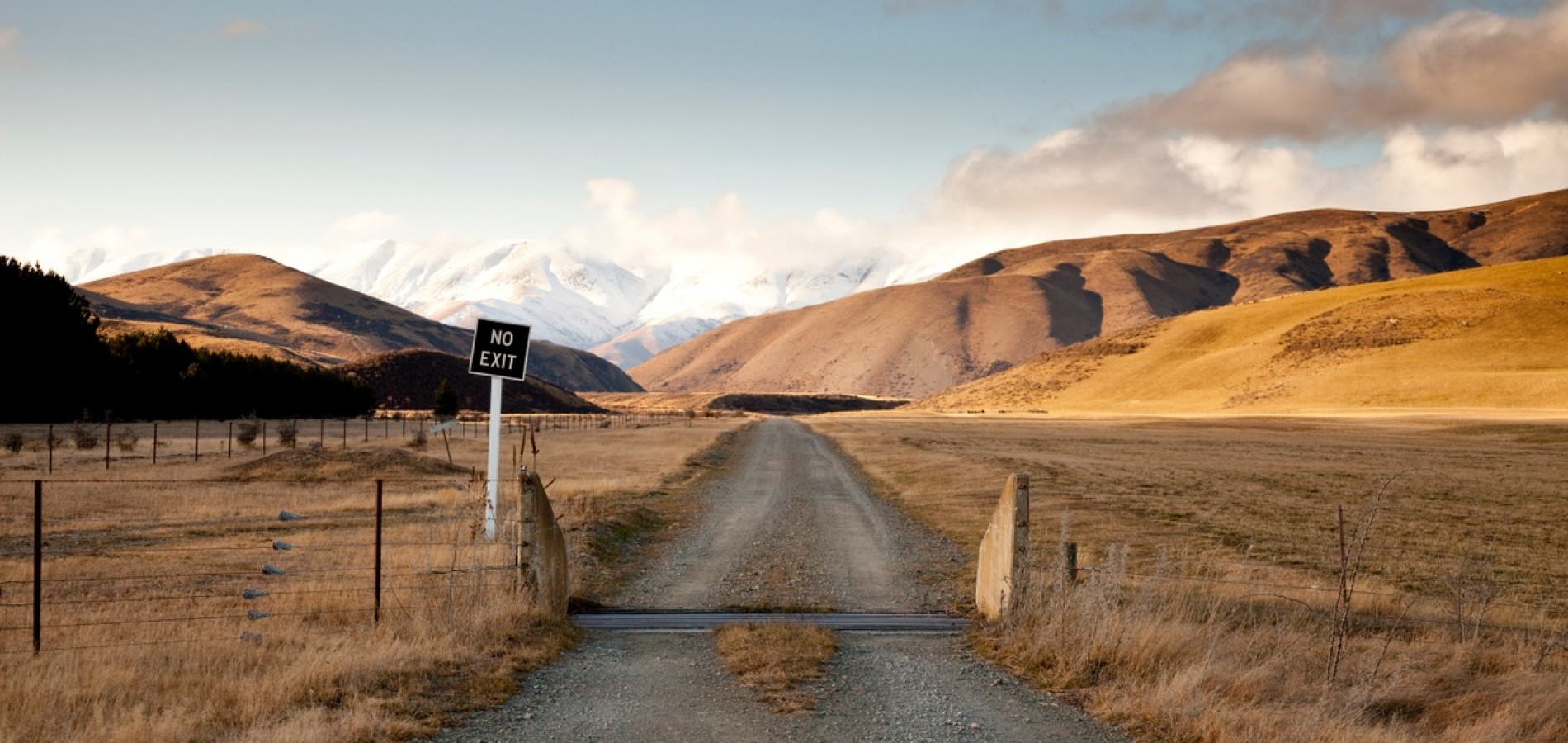


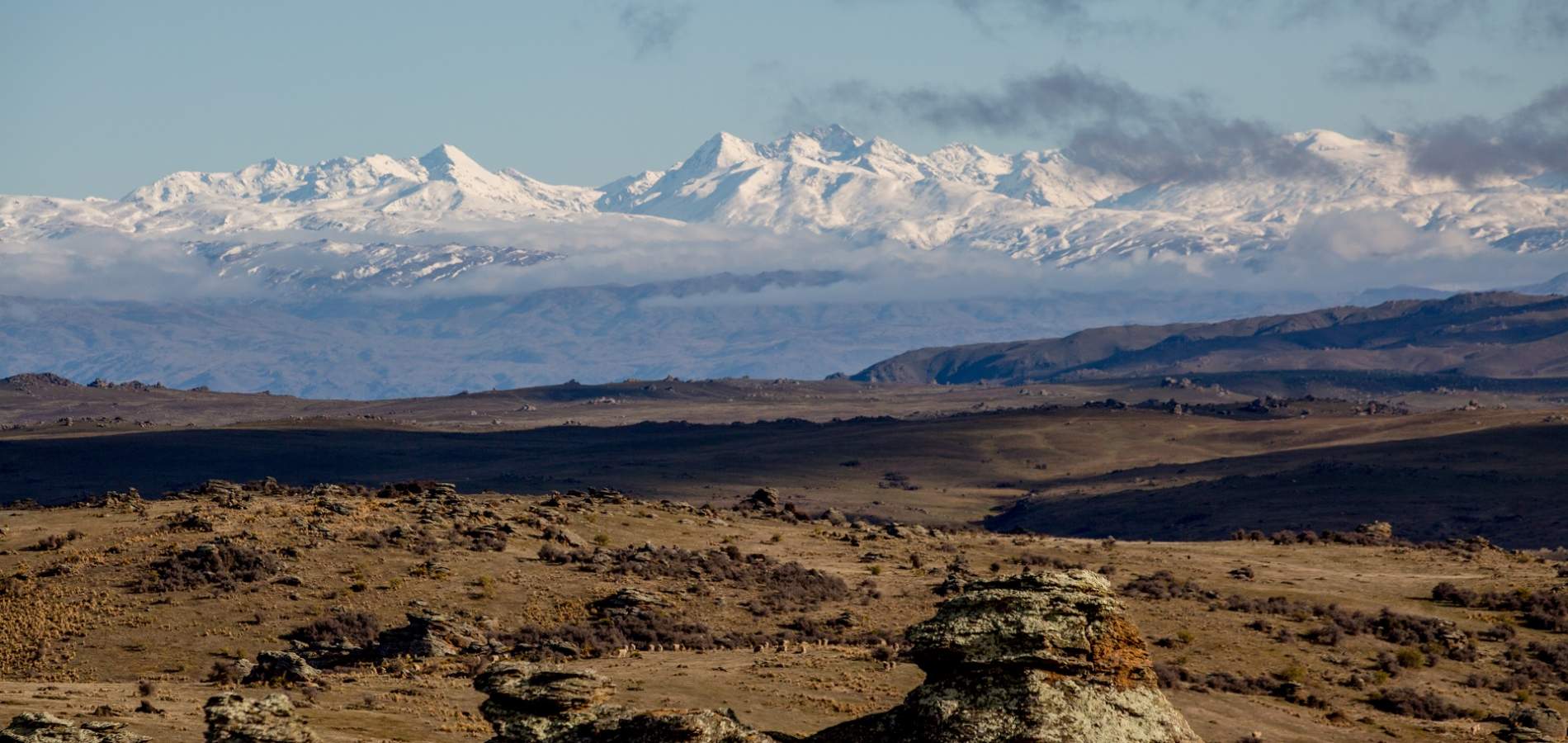
Related Stories
-

Central Otago Cycling Story
Our landscapes, places, people and climate have created a bikers' paradise for every age and stage
Read more about Central Otago Cycling Story -

The Teviot Valley Story
This is the Teviot—a diverse and special place, endowed with nature’s goodness and dynamic, strong communities. Here the land gives generously and the people do too.
Read more about The Teviot Valley Story -

The Cromwell Story
Today, New Zealand’s farthest inland town has a new, uplifting energy as people are attracted to the Cromwell Basin’s sunny, dry climate, and the work and lifestyle opportunities. Now over 20 years on from its beginnings, Lake Dunstan has become the jewel in the Cromwell Basin’s crown - a glistening, inviting adventure playground.
Read more about The Cromwell Story -

Manuherikia & Ida Valley Story
The Manuherikia and Ida Valleys are proud, timeless places. Edged by sturdy mountain ranges and crumpled velvet hills, they are soul country.
Read more about Manuherikia & Ida Valley Story




























